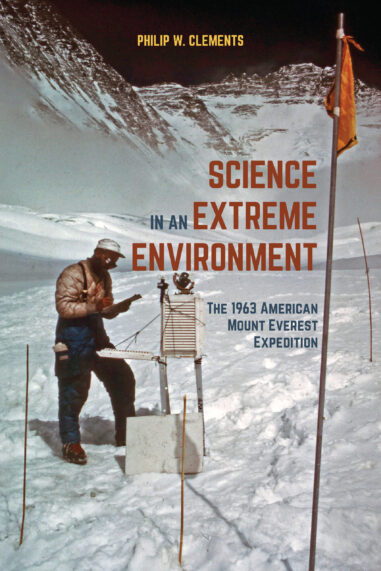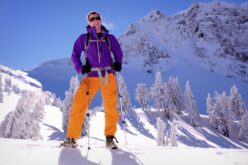On February 20, 1963, a team of nineteen Americans embarked on the first expedition that would combine high-altitude climbing with scientific research. The primary objective of the six scientists on the team—who procured funding by appealing to the military and political applications of their work—was to study how severe stress at high altitudes affected human behavior. The expedition would land the first American on the summit of Mount Everest nearly three years after a successful (though widely disputed) Chinese ascent. At the height of the Cold War, this struggle for the Himalaya turned Everest into both a contested political space and a remote, unpredictable laboratory. The US expedition promised to resurrect American heroism, embodied in a show of physical strength and skill that, when combined with scientific expertise, would dominate international rivals on the frontiers of territorial exploration. It propelled mountaineers, scientists, and their test subjects 29,029 feet above sea level, the highest point of Chinese-occupied Tibet. There they faced hostile conditions that challenged and ultimately compromised standard research protocols, yielding results that were too exceptional to be generalized to other environments. With this book, Philip W. Clements offers a nuanced exploration of the impact of extremity on the production of scientific knowledge and the role of masculinity and nationalism in scientific inquiry.



